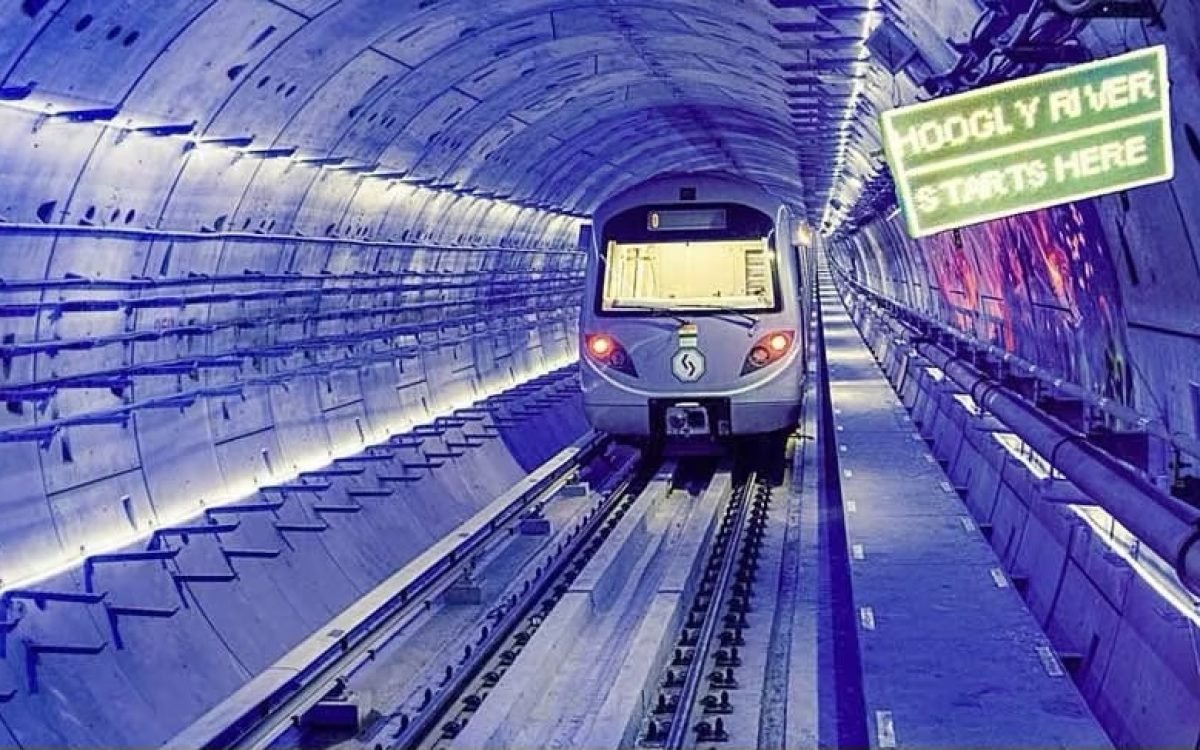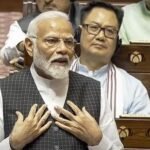In the bustling city of Kolkata, where every corner narrates tales of history and progress, the inauguration of the first under-river metro tunnel on March 6 marked a significant milestone. However, the realization of this ambitious project wasn’t devoid of hurdles and challenges. Behind the scenes, a judicial luminary, Justice Dipankar Datta, played a pivotal role in steering the project towards success.
The inception of the East-West Metro Corridor in Kolkata dates back to 2008 when the Ministry of Urban Development and the West Bengal government joined forces to establish the Kolkata Metro Rail Corporation (KMRC). With the aim to bridge distances and connect communities, the project envisioned a transformative impact on Kolkata’s urban landscape.
As the project progressed, disagreements between stakeholders surfaced, leading to a deadlock in 2012. It was during this critical juncture that Justice Dipankar Datta, then a judge at the Calcutta High Court, intervened. His astute handling of the case and unwavering commitment paved the way for resolving conflicts and clearing hurdles that obstructed the project’s advancement.
One of the most formidable challenges was the realignment proposal put forth by the state government, which met initial resistance from the Railway Ministry due to financial constraints. Justice Datta’s impartial adjudication facilitated consensus among stakeholders, ultimately garnering approval for the revised route alignment and securing additional funds for the project.
Moreover, when protected monuments and vulnerable residential areas posed obstacles to the tunnel’s construction, Justice Datta’s judicious guidance and intervention ensured compliance with regulatory requirements while enabling the project to progress without compromising historical heritage or community welfare.
The collaborative efforts of stakeholders, coupled with Justice Datta’s sagacious oversight, exemplify the significance of judicial activism in fostering infrastructural development and societal progress. The successful completion of Kolkata’s under-river metro tunnel stands as a testament to perseverance, innovation, and the transformative impact of effective governance.
As the metro tunnel ushers in a new era of connectivity and accessibility for Kolkata’s residents, it also serves as a reminder of the invaluable role played by visionary leaders and dedicated individuals in shaping the city’s future. With each journey through the labyrinthine passages of the metro, Kolkata embraces its rich tapestry of history, innovation, and resilience, propelled forward by the collective aspirations of its people.
In the annals of Kolkata’s urban evolution, the under-river metro tunnel emerges not only as a feat of engineering marvel but also as a symbol of unity, progress, and the enduring spirit of innovation that defines the city’s ethos. As the metro carves its path beneath the currents of the Hooghly River, it forges connections that transcend physical boundaries, uniting hearts and aspirations in a journey towards a brighter tomorrow.









